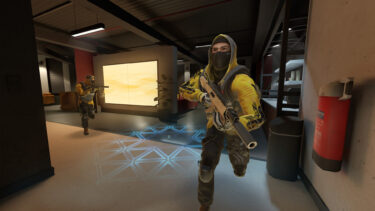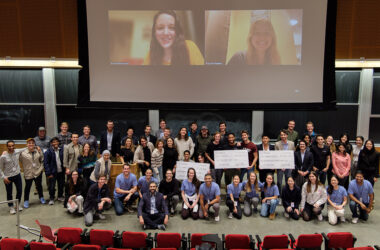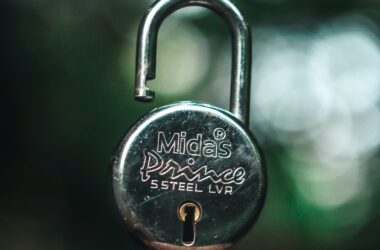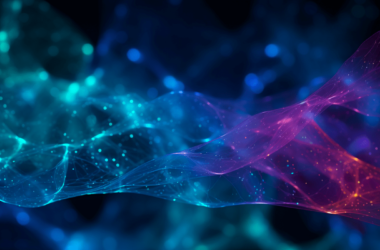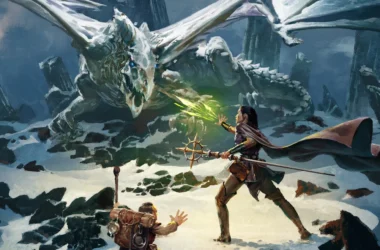The line between artificial intelligence and human creativity are blurring rapidly across the board, but the shades of gray are especially muddled in the art world. New research shows that AI images are already good enough that people are often unable to differentiate between it and art created by humans—but somehow manage to prefer the latter.
As AI tools like DALL-E, Midjourney and Stable Diffusion churn out paintings, sketches, sculptures and more, something deeper in our artistic consciousness may still respond more strongly to works crafted by human hands and minds.
New research from Bowling Green State University, published in the journal Psychology of Aesthetics, Creativity, and the Arts, puts numbers to this instinctive favoritism.
The study by industrial psychologist Andrew Samo andpProfessor Scott Highhouse found that when shown a mix of AI and human visual art, participants correctly identified the source only around “50-60% of the time.” Their guesses also exhibited a low level of confidence.
“People are unable to accurately identify artwork source,” Samo and Highhouse observe, “but prefer human art and experience more positive emotions in response to human artwork.”
The team found that viewers associated human art with more intense emotions like nostalgia, attraction and amusement.
Samo, a doctoral candidate at BGSU, notes, “Art was thought to be uniquely human because it gives off a feeling or communicates some idea about the human experience that machines don’t have.
“In some ways, it’s to be expected people felt more strongly about human-made art,” he told the university press office.
The researchers documented their efforts to be as unbiased as possible, noting that the public shows a predisposition against AI-generated art when aware of the “author.” In this case, the test subjects didn’t know they were being detecting non-human made images.
The difference between the perception and the reactions seems to be subjective. “While people may perceive human- and machine-generated art in the same way, the way they feel about the art is different,” the researchers conclude.
This unconscious preference may also translate to other artistic domains—albeit with confusion there too. One survey by customer experience platform Tidio suggests many listeners cannot distinguish AI-generated music from the human variety, as reported by Decrypt.
The intersection of AI and art is a controversial space. From online to legal debates, there doesn’t seem to be a consensus about when something is considered human enough to be cataloged as art by anti-AI artists.
Nonetheless, pieces like “Theatre D’Opera Spatial,” crafted in collaboration between artist Jason M. Allen using the generative AI tool MidJourney, have already won art prizes, and major art players like the Museum of Modern Art (MoMA) in New York City are starting to display AI art pieces.
As AI evolves to be more human-like, the point where algorithms become indistinguishable from human thoughts seems to be approaching faster than ever. “It’d be interesting to run this study again,” Samo says, recognizing that artistic taste is mostly subjective and evolves over time.
While our analytical faculties flounder before new-age machine creativity, something in our artistic souls still resonates with the genuine human touch. At least for now, that’s good news.
Edited by Ryan Ozawa.
Source: Decrypt
